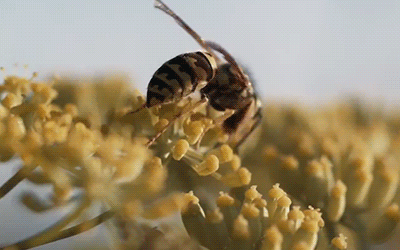
Reproduction, the biological process that perpetuates life, is an intricate phenomenon showcasing the remarkable diversity and adaptability of living organisms. From the cellular realm to the complex strategies employed by plants, animals, and humans, this comprehensive exploration aims to unravel the multifaceted nature of reproduction, shedding light on its mechanisms, significance, and evolutionary implications.
1. Cellular Reproduction:

At the cellular level, reproduction is exemplified through mitosis and meiosis. Mitosis is the process by which a single cell divides into two identical daughter cells, ensuring growth, tissue repair, and maintenance of cellular integrity. It is a fundamental mechanism in the asexual reproduction of single-celled organisms and the growth of multicellular organisms. In contrast, meiosis is a specialized form of cell division that produces gametes (sperm and egg cells) with half the genetic material of the parent cell. This process is crucial for sexual reproduction, contributing to genetic diversity in offspring.
2. Sexual Reproduction in Humans:
Human reproduction is characterized by the union of male and female gametes in a process known as fertilization. Human cells undergo a specialized form of cell division called meiosis to produce haploid gametes. Sperm, produced in the testes, and eggs, produced in the ovaries, carry genetic information that combines during fertilization to form a diploid zygote. The zygote undergoes successive divisions, eventually developing into a multicellular organism during a process known as embryonic development.
The journey of human reproduction involves complex physiological processes. After fertilization, the zygote travels down the fallopian tube, undergoes multiple cell divisions, and forms a blastocyst. The blastocyst then implants itself into the uterus, initiating the development of various embryonic tissues and structures. This intricate process culminates in the birth of a new individual, showcasing the marvels of human reproduction.
3. Plant Reproduction:

Across the animal kingdom, various reproductive strategies have evolved to suit diverse ecological niches. Oviparous animals, such as reptiles and birds, lay eggs externally. The eggs often have protective coverings and are incubated in nests. Viviparous animals, like most mammals, give birth to live offspring after internal development. In contrast, ovoviviparous animals, including some fish and reptiles, retain eggs within the body until hatching. These varied strategies reflect adaptations to environmental challenges and contribute to the reproductive success of different species.
4. Reproductive Strategies in Animals:
Plants exhibit diverse reproductive strategies encompassing both asexual and sexual mechanisms. Asexual reproduction in plants involves the generation of new individuals without the involvement of seeds or spores. Techniques such as vegetative propagation and the formation of structures like tubers and bulbs allow plants to clone themselves, contributing to genetic uniformity.
On the other hand, sexual reproduction in plants involves the formation of specialized reproductive organs within flowers. Pollination, the transfer of pollen between male and female reproductive structures, initiates the development of seeds. The seeds, containing genetic information from both parent plants, germinate to give rise to new individuals. This diversity of reproductive strategies in plants enhances their adaptability and survival in varying environmental conditions.
5. Reproductive Hormones:
Reproductive processes are intricately regulated by hormones that influence the development and function of reproductive organs. Gonadotropins, such as follicle-stimulating hormone (FSH) and luteinizing hormone (LH), stimulate the gonads (testes and ovaries). Sex hormones, including testosterone, estrogen, and progesterone, orchestrate the development of secondary sexual characteristics and regulate the menstrual cycle in females. The delicate balance of these hormones is critical for the proper functioning of the reproductive system.
6. Reproductive Health:
Reproductive health encompasses various aspects, including family planning, infertility, and the prevention and detection of reproductive cancers. Family planning involves the use of contraception methods to prevent unintended pregnancies, offering individuals control over their reproductive choices. Infertility, often attributed to factors such as age, hormonal imbalances, or structural abnormalities, can be addressed through assisted reproductive technologies (ART), such as in vitro fertilization (IVF). Regular screenings, genetic testing, and lifestyle choices contribute to the prevention and early detection of reproductive cancers, such as breast, ovarian, and testicular cancers.
In conclusion, reproduction is a tapestry woven with myriad threads of complexity, diversity, and adaptability. From the microscopic processes of cellular division to the grandeur of human birth and the nuanced strategies employed by plants and animals, reproduction is the cornerstone of life.
This exploration not only enhances our understanding of the intricacies of life but also underscores the significance of reproductive processes in shaping the diversity of living organisms on Earth. Ongoing research in reproductive biology continues to unravel new dimensions, providing insights into health, genetics, and the evolutionary tapestry of life.
ASEXUAL REPRODUCTION






